“Since then, I spend less money, time and energy pursuing and accumulating physical possessions. And I spend more time and energy focused on things that matter in the long run,” Becker says.
16. Brainstorm alternatives
Just as important as knowing your shopping triggers is having alternative pastimes. Rather than using shopping as a coping mechanism, try reading a book, taking a soothing bath, going on a walk, listening to music or calling a friend. Carrie Rattle, the CEO and founder of Behavioral Cents and a financial therapist who helps compulsive shoppers stop overspending, encourages clients to keep a list of relaxing activities on hand so they don’t resort to shopping as an emotional crutch.
NOW YOU'RE GETTING THE HANG OF IT
17. Pay things forward
Free yourself from societal notions about what what you need to keep for sentimental reasons. Even when it comes to family “treasures,” passing items on to people who can actually use them now may feel like a better tribute than keeping them in storage just to hang on to them. Ask yourself, “Can someone use this more than me?” And if the answer is yes, consider letting it go.
In preparation for a family move, Paxton donated a set of his late father’s bookcases through the Buy Nothing Project — a national network of local groups connecting community members with free items. As a busy father with young children and limited space, Paxton had no use for the bookcases. They had been in his attic for years; he had been keeping them only in memory of his father. But through the social media group, Paxton found a lawyer who needed them for his new office. When the grateful recipient arrived to load them up, Paxton was able to “share the story of my dad, which was the whole point,” he says.
18. Declutter, then organize
It’s easy to spend time buying fancy organizing bins and labels — without doing the hard work of decluttering and organizing first. But if you don’t take an inventory of what you own before buying cute trays and drawer inserts, your organizing system is likely to fail.
“All you’ve done is brought more stuff home,” says Hatch Gail. Go through your items and reduce what you can. Make piles to keep, donate or discard. Naeemah Ford Goldson, a certified professional organizer and founding member of the National Association for Black Professional Organizers, owner of Restore Order Professional Organizing in Atlanta and host of the Organize Me! Radio podcast, swears by the Sort, Store, Style approach — tackling organizing in that specific order. After sorting, be sure to remove your donate and discard piles “right away, at least within 48 hours, so you’re not tempted to pull something back out that you’d decided to part with,” Ford Goldson notes. Then, and only then — when you’re left with what you want to keep — do you get to do the fun part: storing and organizing everything so that it’s aesthetically pleasing.
19. Know your own style
Organizational bins, trays and jars come in both clear and opaque styles, also known as “open” and “closed” storage. Ask yourself which type is likely to make you feel the most organized and able to find things. “Some people don’t like having visual clutter, even if it’s arranged nicely,” explains Giller Nelson. “Those people tend to feel more organized when they can have things in closed, labeled bins. On the other hand, others may feel strongly that they’ll forget what’s in the bins if they don’t have that level of visibility that clear containers bring.” Consider what type of organization style is likely to leave you feeling most zen, and go with it.
20. Rethink the precious
Start using that beloved china now, not just once a year or on very special occasions. You’ll turn an ordinary Wednesday night dinner into something far fancier. Break out the silver more often and put your heirlooms on display. You’ll either find joy in using them or find that they aren’t as beloved as you thought.
21. Have the keep/toss conversations with your heirs
You can’t take it with you, and neither can your heirs. Talk to your children, family and friends to learn what will happen to your furniture, jewelry, art and everything else. Tape notes to the backs of items or create a file that designates who gets what. For the items not claimed that you think have value, find someone who will appreciate them.
22. Hide items on purpose
If you struggle with regret after getting rid of things, use black garbage bags or boxes to collect your donation piles and put them somewhere out of sight. Set a calendar reminder for three or six months. If during that time you find yourself missing something specific you’ve put away, it might indicate that you’re getting rid of too much, too fast. If at the end of that time you haven’t once looked for a “to be donated” item, you'll feel safer letting those things go permanently. Remember to cut yourself some slack — you didn’t bring all the clutter in at once, and it will be hard to get rid of things in that same manner. Just remember: It’s a process, and any progress is something to be proud of.
23. Become accountable to a friend
If you’re truly struggling to keep your accumulation in check — and your once-decluttered spaces routinely become overstuffed again with new purchases — it may be time to get a shopping buddy. Teaming up with a friend or partner can help keep you both accountable to your own purchasing goals and limits. Having an accountability partner can “make all the difference in the world,” Rattle says, “because they’re going to talk you through the logic or the emotional state you’re in and help you realize what you’re doing” — before you make a purchase you may regret.
24. Do the one-minute challenge
Giller Nelson prides herself on being able to find anything in her house in under 60 seconds. If it takes you longer than a minute to locate a particular item — or if you’re frequently unable to locate important items at all — it could be a strong signal to ramp up your decluttering.
WHEN YOU NEED A LITTLE HELP ...
25. Let go of guilt
It’s easy for clutter to creep back in, especially when the busyness of life sometimes makes it hard to put things back in their designated places every day. When you notice a space in disarray, don’t be too hard on yourself. Let go of shame or embarrassment. Those emotions will make you feel even more stuck and less apt to organize. Instead, focus on how good you’ll feel after a decluttering reset. “The expression ‘Give yourself grace’ comes to mind,” Quintana says. “I can tell you, during the hectic holiday baking season, my pantry isn’t going to be picture perfect. I’m shoving ingredients in every which way. But that’s OK, because I know I’ll go in and tidy it up and fix it right, once the holidays are over.”
26. Be honest with yourself
Some people enjoy organizing more than others. If you’ve tried to set up an organizing system on your own and can’t seem to make it stick, ask for help. “It’s fine to know you need someone to come in and help you, instead of letting your space get out of hand,” Ford Goldson says.
Understand that every organization system needs maintenance to work. Reevaluate the effectiveness of your current system quarterly or twice a year. Make it part of the process when you switch your seasonal wardrobe — or when you do your spring and fall cleaning. If something’s not working, don’t be afraid to make a change. Be honest: if it’s been weeks since you actually folded your jeans to fit in that drawer you set aside for them, you may need to hang them in your closet instead.
27. Examine expiration dates
When you’ve hit decluttering fatigue, it’s time to look at expiration dates. It will help you cruise through your refrigerator, pantry and spice drawer with abandon. That dill from 2012 might still seem fine, but it’s going to ruin any dish it touches. Get rid of it and buy a new jar. Keep an eye on old skin care products and cosmetics, too. These have an expiration date or a small period-after-opening symbol, which tells you how long a product is safe to use after it’s been opened. Mascara is good for about three months, powdered eyeshadow about a year, and pencil eyeliners between six months and a year. Old cosmetics can lead to infections, and dried-out products won’t sit as well on your skin. Check yours at checkcosmetic.net, skincarisma.com or cosdna.com. If you're concerned about specific ingredients in your cosmetics, check out the Environmental Working Group product checker. And when buying from third-parties, check expiration dates — that eye cream might be several years old.
28. Go room by room, month by month
Consider assigning your decluttering efforts to a specific area of your home each month. For instance, January’s focus could be the master bedroom. In February, tackle the family room. During March, work on the kitchen, and so on. Then, break each month’s focus room into small, manageable areas — think a single cabinet, drawer or shelf — that you will work on in sessions over the month. “By the end of the year, you’ll have decluttered every room in your house, a little bit at a time,” Quintana says.
29. Digitize, then ditch
There’s nothing like watching old home movies, but most VHS or analog videos only have a shelf life of 10 to 30 years, depending on how well they have been stored. Fortunately, there are plenty of ways to digitize your cherished old home movies. Stores such as Costco, Walmart and Walgreens offer services for transferring film and VHS tapes to DVD, Blu-ray and digital video files. Often you can simply place your order on the store’s website, drop off the videotapes and then pick up the DVDs when ready. Or, work directly with web-based companies like Capture.com to have everything transferred neatly into a thumb drive, DVD or the cloud. This way, you can also reach out to relatives and combine memories for sharing. If you’d rather do it yourself, you can purchase a VHS-DVD combo recorder or an analog-to-digital video converter for your Mac or PC. According to CNET, a technology news and review site, there are several options to choose from — either online or at an electronics store — at various prices.
30. Take advantage of tax write-offs
This should help encourage some decluttering: Whenever you donate to a qualified charitable organization, be sure to keep track of it for taxes so you can write them off for that year. The Salvation Army has an online Donation Value Guide that lists the low and high value for clothing, appliances, cars, household goods, furniture and miscellaneous items. (Note: You don’t need to donate to the Salvation Army to claim this value; use it as a general guide.)
TACKLE THE TOUGH DECISIONS
31. Separate sentimentality from monetary value
Recognize that sometimes it’s the items you least expect — or that are even worth little money — that are actually the most important to keep for sentimental reasons. For Paxton’s family, the most prized heirloom was his father’s golf putter, not the family china. For a family he worked with, the coveted keepsake was a $5 Lake George magnet that reminded them of family vacations together. What we choose to keep or part with shouldn’t necessarily be linked to an item’s potential dollar value. In the same way, sometimes we feel pressured to hang onto things we’ve bought or were given — that popular air fryer or that fancy drone — because they were expensive. But if you know you’re never going to use an item again, let it go. Pass it on to someone who can really use it, and free your space to keep items that matter to you.
32. Curate mementos
Clinging to too many keepsakes can begin to feel burdensome. Kids’ artwork, travel souvenirs, boxes of old college memorabilia — it adds up. In the book Outer Order, Inner Calm: Declutter and Organize to Make More Room for Happiness, author Gretchen Rubin suggests working to choose and keep only a few of your most beloved mementos, ones that encapsulate the memories you hold dear, and letting the rest go. “Choose a few items that are truly exceptional, and clear out everything else,” she writes.
33. Curb the collections
It probably started innocently with one Hummel figurine, or maybe you casually mentioned to a friend while shopping that you liked a particular cow motif, but either way it’s now a “collection.” One way to pare down is to choose only the pieces you really love and ditch the rest. Alison Lush, a professional organizer based in Canada, uses TikTok to share her decluttering tips. One of her favorite techniques is what she calls “sampling” — taking a small number of items from a larger collection and turning it into art. For her, this was her daughter’s treasured Playmobil figures. “We had boxes and boxes of it and we didn’t feel comfortable letting it all go. I took a sampling of it and put them in a shadow box,” she says, gesturing in the video to a large square frame filled with the colorful toys. “I hung it on the wall so we see this every single day, and it warms our hearts. It’s really a lovely way to honor something important in your life and let go of the great big volume.”
Similarly, Giller Nelson encourages her clients to “be discerning” when it comes to paring down their collections of favorite possessions, especially if they’re preparing to downsize into a smaller residence. “Keep just the best few examples of what you have — the ones that make you the happiest — and surround yourself with those,” she suggests.
34. Discover your shopping triggers
Many people use shopping to celebrate something positive, or to cope with stress or sadness. To become a more conscious consumer, ask yourself how you’re truly feeling as you browse retail sites online or walk through the aisles of a department store. Are you bored? Stressed? Looking to feel validated by scoring a bargain? Everyone’s shopping triggers and emotional shopping patterns are unique. To find yours, consider journaling, suggests Rattle. “Identifying those patterns is the beginning of conquering anything when it comes to overshopping,” she says.
SET YOURSELF UP FOR SUCCESS
35. Remove the advertising temptation
Does your closet tend to stay clutter-free only until the next 50-percent-off sale? If so, then overshopping may be the root of your problem. One of the best ways to kick the consumption habit is to limit your exposure to advertising. Unsubscribe to retailer emails, stop social media scrolling, cancel your department store credit cards (and their accompanying coupons and mailers), watch less TV and limit your trips to the mall, Becker advises. “People don’t realize how much of an impact commercials and advertisements have on them until you step outside of it,” he says.
36. Recognize the benefits of owning less
Once you’ve downsized your possessions to those you truly value and need — and your organizational systems are in place — sit in the space and revel in its decluttered glory. Too often, people don’t take the time to reflect on the value of a cleared-out space, Becker says. And without that step, it’s easier to let clutter creep back in. But when you take time to notice how nice it is to live without messy piles — rooms are easier to clean, it’s easy to find things, and the house feels calm and orderly — you’ll start to crave that peacefulness and work to keep it. “When you see how much you like owning less, then you’re less inclined to want to over-accumulate,” Becker says.
37. Find the resources that work for you
There may be as many self-help and decluttering experts as there are socks without a mate. The key is that while many have the same end result, each path is very different, and what works for your friend might not work for you. Find your specific inspiration by looking up different methods of cleaning and decluttering.
38. Be open to unexpected surprises
In addition to leading to more functional and orderly spaces, decluttering can sometimes help you rediscover treasured keepsakes that were misplaced or buried over time. Your yearbook from 1967? A favorite early photo of your childhood dog? Maybe a box of letters you’ve tucked away somewhere? Sometimes the nudge to find a long-lost item can be exactly the motivation you need to dive in and declutter a space. In the process, you may even uncover other treasures you didn’t know you still had. “I once had a client uncover an important heirloom painting their family had brought to the U.S. from Cuba while decluttering,” Giller Nelson says. “Their family knew of the painting, but thought it had been lost. It turns out it was right there the whole time.”
39. Give yourself time
Finally, remember that most homes are filled with items collected over decades. You can’t expect to be ready to purge everything in a day or a weekend. Learning to live with less takes time. Decluttering takes time. Changing your shopping habits takes time. And most people slip up here and there. The key to achieving decluttering success is not giving up. “It’s about showing up every day and doing that work, and building that habit,” Paxton says.

































































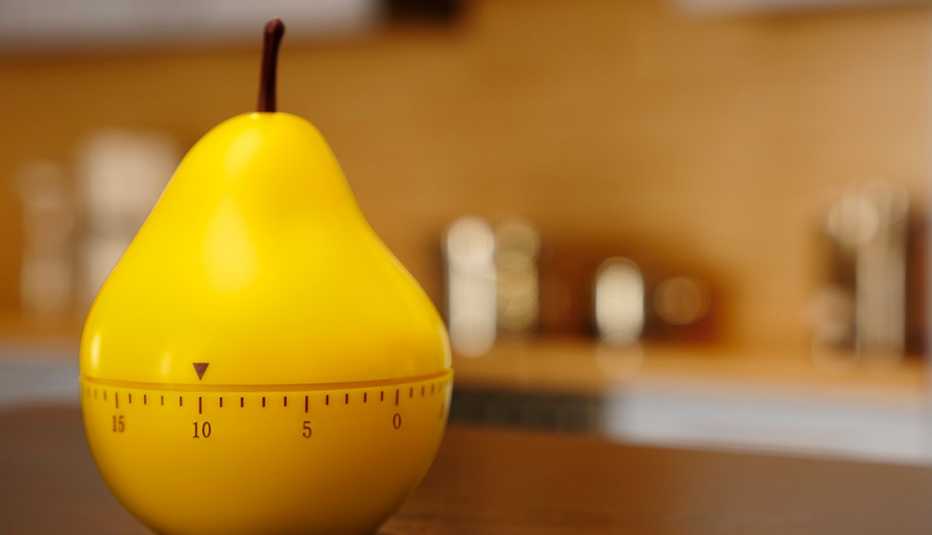



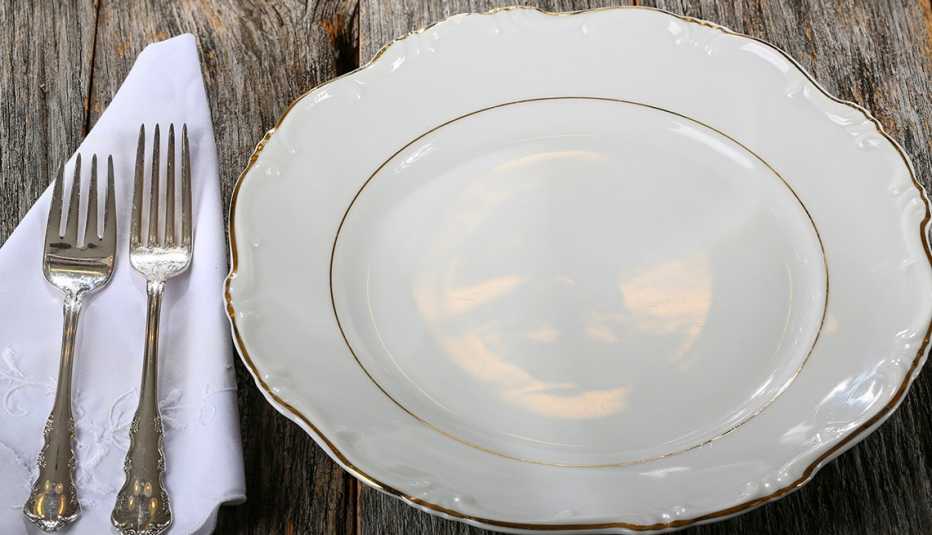
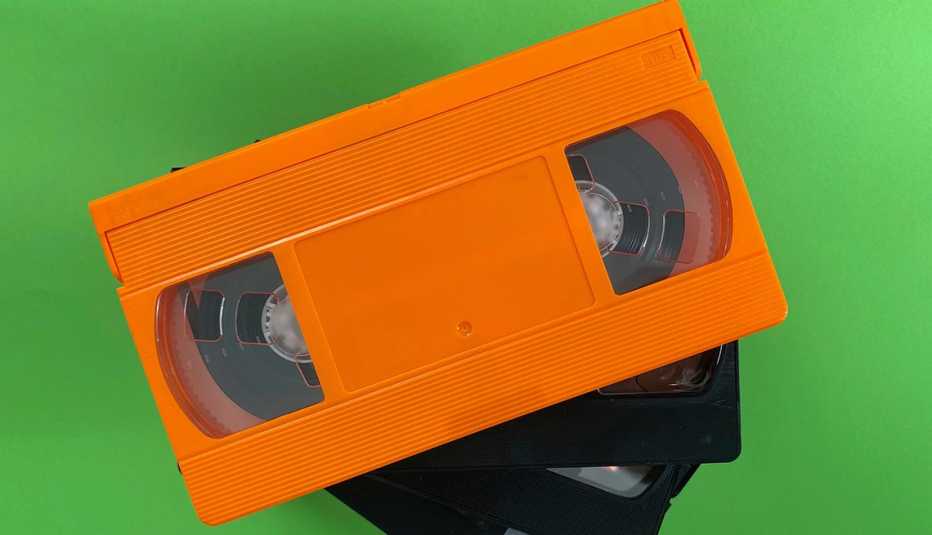

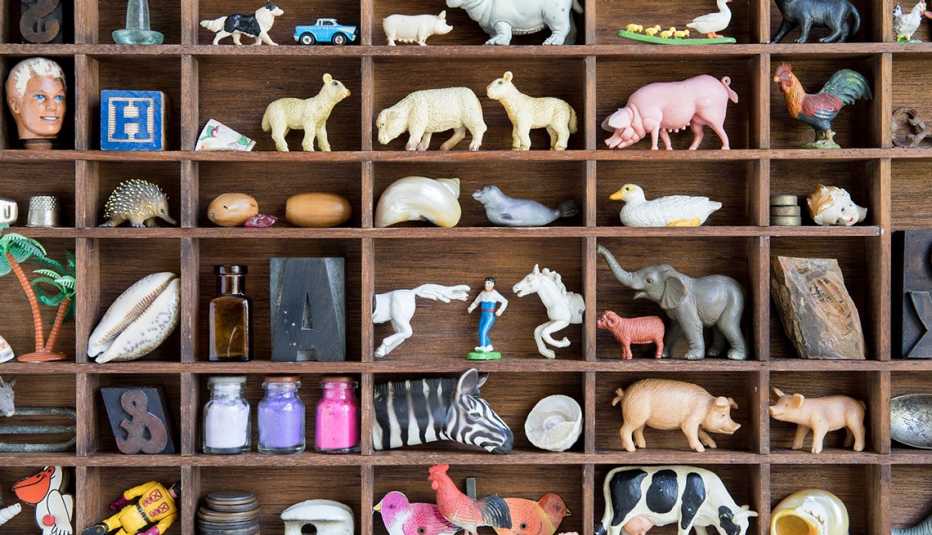
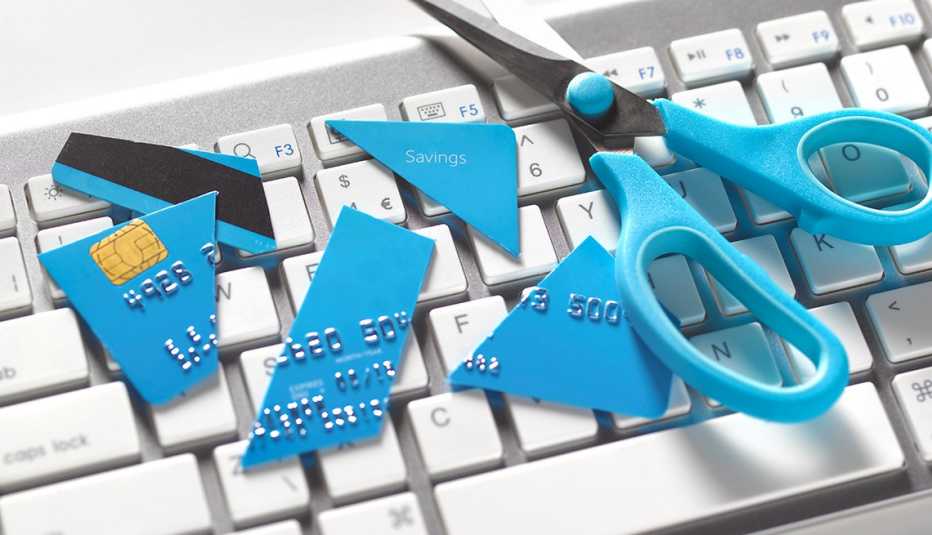
You Might Also Like
25 Things to Get Rid of Right Now
Declutter. Have more space. Feel more freeAARP Smart Guide: 41 Ways to Care for Your Home Appliances
Protect your wallet by doing these simple things to make your appliances work better and last longer
38 Ways to Boost Your Home's Curb Appeal
Our new AARP Smart Guide offers high-impact tips to add allure to your abode, from walkway to windows